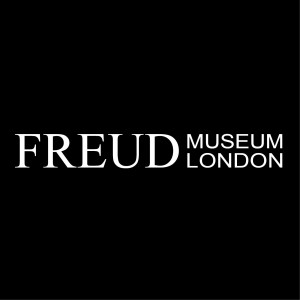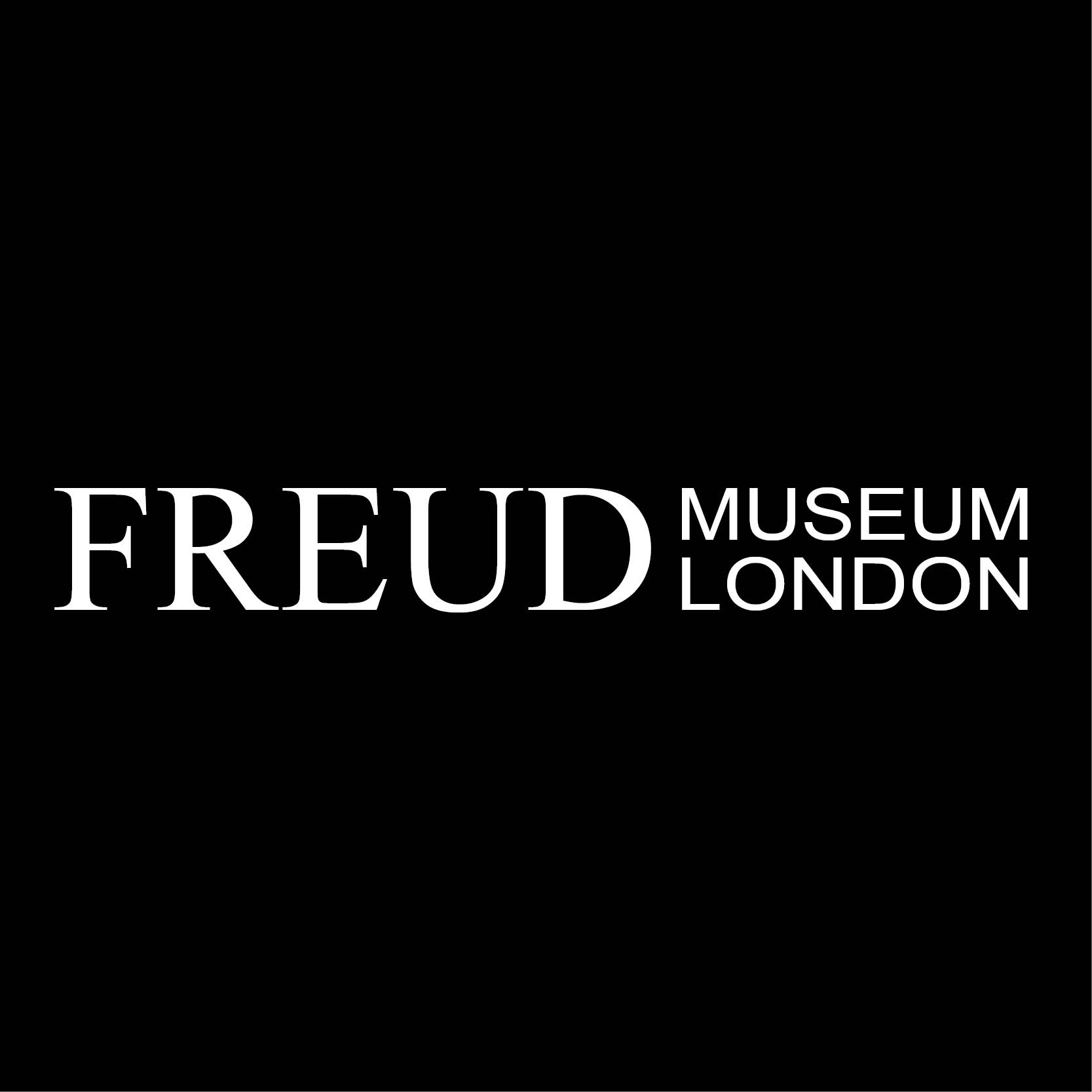Episodes

Wednesday Apr 15, 2020
On Not Being Terrified of What you Hear
Wednesday Apr 15, 2020
Wednesday Apr 15, 2020
Panel discussion - Jane Haberlin, Jeanette Winterson and Eleanor Longden

Sunday Apr 05, 2020
Conference: The Unconscious Today 3
Sunday Apr 05, 2020
Sunday Apr 05, 2020
Session 3: The Freudian Unconscious Revisited

Tuesday Apr 04, 2017
The Strange Case of Madeleine Seguin: An Interview with William Rose
Tuesday Apr 04, 2017
Tuesday Apr 04, 2017
William Rose’s novel The Strange Case of Madeleine Seguin is set in the rich and decadent world of the intelligentsia in Fin de Siècle Paris.
The book centres on the institution of the Salpetriere hospital. In the book the Salpetriere has progressed from its previous incarnation as a 'warehouse' for societies undesirables to a kind of human museum filled with subjects for Charcot to study. Rather than a prison, the hospital has become a laboratory for the vivisection of the hysterical mind. As theories of hysteria and female madness morph from animalistic and anatomical degeneracy to those of psychological trauma, the doctors at the Salpetriere in the novel drift towards Freudian theory. One of these young doctors named Lamond writes a letter to Freud in which he describes the unconscious as 'a veritable Salpetriere of the psyche which harbours ideas and emotional ventures we can scarce dare even think of'.
The church is another reoccurring theme in the novel, and parallels are drawn illustratively between religion and a kind of hysterical theatre. Charcot draws parallels in his studies between the behaviour of various saints and of those in the grip of a hysterical attack. Indeed, the concept of possession is present both in the occult and quasi-religious rituals that were becoming popular in the Fin de Siecle and also in the theatrical hypnotism Charcot performs on his patients at the public lectures held in the Salpetriere for the titillation of the aristocratic intelligentsia. The figure of Charcot represents the conflict between science and religion, and the church is a sinister force in the novel, providing a steady undercurrent of menace and tension which drives the plot forward and captures the attention.
Another thread of the novel is the development of the school of symbolist artists. We are introduced through a young artist to the intellectual salons of the ‘Mardistes’, including the poet Mallarme. The excursions into the artistic Parisian demi-monde add to the atmospheric milieu and set the scene which allows us to better understand the world in which these events happen. Indeed, the novel raises an interesting question over the differences between hysteria and the decadent decay into neurasthenic self-absorption.
The novel beautifully illustrates the skilfully interwoven threads of hysteria, art, the occult, and the Parisian fin de siècle demi monde and intelligentsia. Tension builds with a steady bubbling undercurrent of devil worship and the impending threat of the femme fatale. Hysteria is explored in the context of these societal factors and ideals of femininity, and this brings to mind the role of these factors and our ideals in our modern concepts of mental illness.

Tuesday Jan 03, 2017
Portraits of the Insane: Theodore Gericault and the Subject of Psychotherapy
Tuesday Jan 03, 2017
Tuesday Jan 03, 2017
Analytic psychotherapist and art historian, Robert Snell joins us to discuss his forthcoming book, Portraits of the Insane: Théodore Géricault and the Subject of Psychotherapy.
In the gloomy aftermath of the 1789 Revolution and the Napoleonic wars, the French painter Théodore Géricault (1791–1824) made a series of portraits of patients in an asylum or clinic. The paintings are unprecedented: they show people designated as insane as ordinary, unique individuals. They point to a new, essentially democratic conception of the human being, sane or mad, as available for relationship and communication: a ‘therapeutic subject’. Made during a period of massive social, cultural, and economic transformation, they register a critical moment in the history of subjectivity, and connect us to some living roots of psychoanalysis.They challenge us profoundly, in our own conflicted era, to find responses in ourselves to the stranger in our midst.
‘The scope of this book is remarkable. Robert Snell’s meditation on five portraits of mad people by Géricault is the springboard for a fascinating cultural investigation. He surveys two centuries of change in the understanding of human nature, and considers how this is reflected in changing approaches to the treatment of madness.The breadth and depth of scholarship on offer here is exceptional, and this admirable book is an object lesson in the relation of psychoanalysis to the history of ideas.’ — Michael Parsons, British Psychoanalytical Society and French Psychoanalytic Association
Robert Snell is an analytic psychotherapist and art historian, a member of the British Psychotherapy Foundation, and an Honorary Senior Research Fellow in the Centre for Therapeutic Education at Roehampton University.

Monday Jun 20, 2016
The Politics of Kleinian Technique in Post-war UK - Barry Watt
Monday Jun 20, 2016
Monday Jun 20, 2016
In the period following the end of the second world war in Britain, Kleinian psychoanalysis rapidly established itself as an influential paradigm for the treatment and understanding of the psychoses, within both psychoanalytical and medically minded psychiatric circles. Medically qualified psychoanalysts such as Hanna Segal, Herbert Rosenfeld and Wilfred Bion all made seminal contributions and the institutional approval and establishment ratification of their work, continues to be strongly felt to this day. In this paper, we will take up some arguments from the Canadian philosopher of science Ian Hacking, in order to look again at the tightly prescribed clinical techniques of Kleinian psychoanalysis of the period, especially in terms of the relationship between the social conditions of their analytic frame and the kind of theory of the psychoses this frames enables. In the twenty-first century, as we continue to battle to understand and provide effective treatments for those experiencing severe emotional distress, this paper hopes to remind us of the sensitive connection between the way in which we build theories of the mind out of the way we work with our patients and, in turn, the effect these theories have on those who seek our help.
Barry Watt is a psychoanalyst in private practice and a member of the SITE for Contemporary Psychoanalysis. He is one of the senior practitioners at the Psychosis Therapy Project as well as a housing advocate and community activist.
From the 'Psychosis and Psychoanalysis', a conference organised in collaboration with the Psychosis Therapy Project, a therapy service for people experiencing psychosis.

Saturday Nov 01, 2014
Saturday Nov 01, 2014


